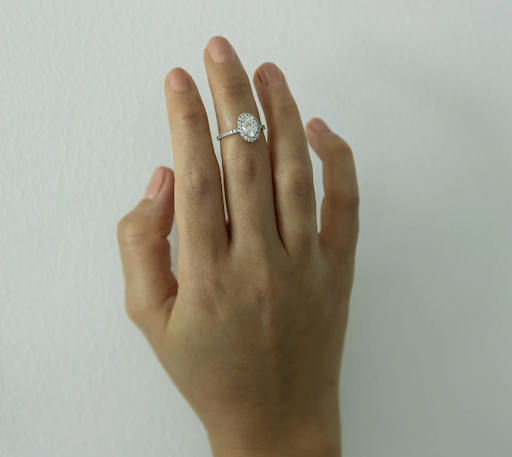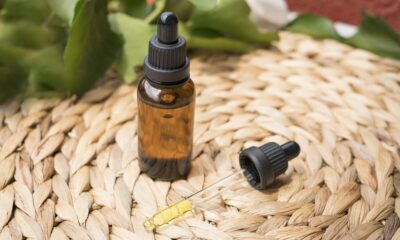FASHION
Lab Diamonds Vs. Natural Diamonds: Differences And Advantages

For centuries, diamond jewelry was only made using natural diamonds but with the advent of lab-grown diamonds, the jewelry industry has had a shake-up. While both share the same chemical composition and physical properties, they differ significantly in their origin and environmental impact. If you’re planning on investing in diamond jewelry but would like to understand the difference between the two options before deciding, let’s explore.
Natural Diamonds
Natural diamonds are formed deep within the Earth’s mantle under intense heat and pressure over millions of years. They are then brought to the surface through volcanic eruptions and mined. Historically, natural diamonds have been prized for their rarity, beauty, and cultural significance.
Advantages of Natural Diamonds
- Tradition and Symbolism: Natural diamonds have long been associated with love, commitment, and luxury. They hold significant cultural and historical value.
- Rarity and Uniqueness: Each natural diamond is unique, formed over millions of years. This rarity adds to their appeal and value.
- Investment Potential: Natural diamonds have historically been considered valuable investments, appreciating over time.
Lab-Grown Diamonds
Lab-grown diamonds, or synthetic or cultured diamonds, are created in a laboratory environment using advanced technology. They are grown from a small piece of natural diamond, replicating the same conditions deep within the Earth’s mantle.
Advantages of Lab-Grown Diamonds
- Affordability: Lab-grown diamonds are generally more affordable than natural diamonds of comparable size and quality. This makes them a more accessible option for those seeking diamond jewelry or 18k gold engagement rings.
- Sustainability: The production of lab-grown diamonds has a significantly lower environmental impact compared to mining natural diamonds. This makes them a more sustainable choice.
- Ethical Sourcing: Lab-grown diamonds are conflict-free, as they are not mined from conflict zones. This ensures that their purchase does not contribute to human rights abuses or environmental degradation.
- Variety: Lab-grown diamonds can be produced in a wider range of colors and shapes, offering more options for consumers.
Comparing the Two
While both natural and lab-grown diamonds share the same physical properties, there are key differences between them:
- Origin: Natural diamonds are formed naturally over millions of years, while lab-grown diamonds are created in a laboratory.
- Price: Lab-grown diamonds are typically more affordable than natural diamonds of comparable size and quality.
- Sustainability: Lab-grown diamonds have a lower environmental impact and are conflict-free.
- Tradition and Symbolism: Natural diamonds hold more cultural and historical significance.
Choosing the Right Diamond
The decision between a natural or lab-grown diamond ultimately depends on personal preference and priorities. Those who value tradition, rarity, and investment potential may opt for a natural diamond. However, those seeking affordability, sustainability, and ethical sourcing may prefer a lab-grown diamond.
If you’re considering purchasing a diamond, look for jewelers who offer a wide selection of both natural and lab diamonds in Dubai.
Conclusion
Both natural and lab-grown diamonds are beautiful and valuable gemstones. The choice between the two ultimately comes down to personal preference and priorities. By understanding the differences between these two types of diamonds, you can make an informed decision that aligns with your values and desires.

-

 BUSINESS3 months ago
BUSINESS3 months agoGrow Your Audience with USA Instagram Followers
-

 TECH3 months ago
TECH3 months agoFreedom Forever Solar Reviews Explain How Conversational Intelligence Turns Customer Interactions into Insights
-

 HEALTH3 months ago
HEALTH3 months agoExploring the Best Cannabis Product Options for Every Lifestyle
-

 BUSINESS2 months ago
BUSINESS2 months agoOn the Frontlines of Conservation: The Role of Tracker Academy Graduates in Anti-Poaching